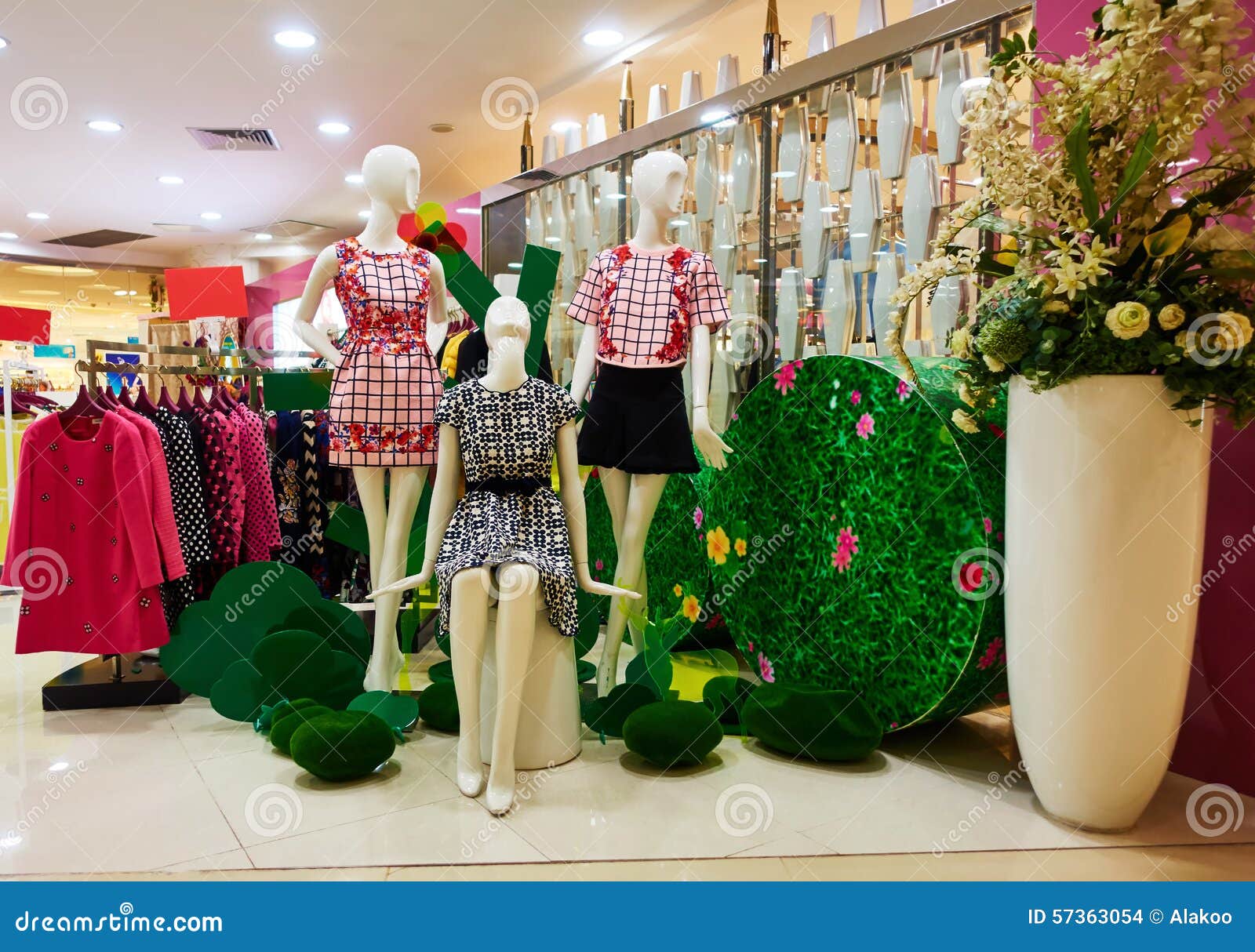The Effect of Social Media on Today's Boutique Fashion Trends
Wiki Article
Lasting Fashion: Exactly How Eco-Friendly Clothes Is Shaping the Future of Design
As the style industry faces enhancing examination over its ecological impact, the rise of lasting fashion uses a promising choice that straightens style with ecological duty. boutique fashion. How does this motion genuinely influence the future trajectory of fashion, and what difficulties exist ahead in its widespread fostering?Ingenious Sustainable Materials
As the garment industry faces its environmental influence, ingenious lasting products have actually arised as an essential service for decreasing ecological impacts. Amongst one of the most promising products are those originated from natural, eco-friendly resources, such as natural cotton, hemp, and bamboo. These products not only minimize dependence on nonrenewable fuel sources but likewise decrease damaging chemical usage and water intake. Organic cotton, as an example, utilizes significantly much less water than conventional cotton and eliminates the need for hazardous chemicals, consequently maintaining dirt health and wellness and biodiversity.In addition to plant-based products, innovations in biofabrication have resulted in the growth of lab-grown fabrics. Mycelium leather, originated from mushroom origins, provides a biodegradable and versatile option to pet natural leather. Its production leads to considerably reduced carbon exhausts and water use, making it a much more sustainable option for designer looking for to align with green practices.
Recycled materials are also obtaining grip, with polyester made from recycled plastic bottles standing for a considerable advancement. This technology not just diverts plastic waste from seas and landfills however additionally reduces power consumption contrasted to producing virgin polyester. With each other, these products emphasize the possibility for a more sustainable garment industry, leading the way for environmentally conscious layout and manufacturing.
Eco-Conscious Production
Building on the developments in lasting materials, the fashion industry is additionally re-evaluating its production procedures to additionally reduce environmental effect. Key methods consist of minimizing water intake, minimizing carbon discharges, and removing hazardous chemicals.One more vital facet is the reduction of toxic chemicals traditionally utilized in dyeing and completing textiles. Eco-conscious makers are moving towards plant-based dyes and waterless dyeing innovations, which not just safeguard local ecosystems but likewise enhance worker safety. Innovations like electronic printing minimize fabric waste and energy usage, offering a cleaner option to traditional techniques.
With the advancement of blockchain innovation, business can currently give thorough understandings into their supply chains, guaranteeing ethical and ecologically pleasant techniques at each action. As the need for eco-conscious products grows, makers are forced to introduce, ensuring that the future of style is both fashionable and lasting.
The Increase of Upcycling
Upcycling, a transformative practice in lasting fashion, includes artistically repurposing disposed of products right into new, high-grade products. This ingenious technique not just minimizes see this website waste but additionally diminishes the need for basic materials, consequently lessening the environmental impact of garments production. By reimagining and rebuilding existing things, designers and fashion brands are able to instill creativity right into their collections while promoting environmental responsibility.
Moreover, the upcycling movement has actually encouraged little services and independent developers, who commonly lead in advancement due to their agility and creativity. By maximizing the abundant schedule of extra materials, these entities add to a circular economy, showing that style can be both trendy and sustainable. With upcycling, the industry takes substantial strides towards a more liable and mindful future.
Thrift Society's Effect
The burgeoning second hand society considerably improves the landscape of sustainable fashion, stressing the importance of mindful intake. This cultural change encourages customers to welcome used clothing, consequently decreasing the demand for brand-new garment production find more information and reducing environmental effect. Second hand shopping not only expands the lifecycle of apparel yet likewise lowers the carbon footprint connected with production, delivering, and getting rid of apparel.A vital facet of second hand society is its democratization of style. By providing a vast range of styles from different periods at budget-friendly costs, thrift stores make style easily accessible to a broader audience. This ease of access fosters a feeling of individuality and imagination, as customers mix and match one-of-a-kind pieces to curate individualized wardrobes without contributing to the quick style cycle.
Additionally, thrift culture promotes circularity in vogue, straightening with the principles of a circular economy. By recirculating garments, the cycle of waste is interfered with, and resources are saved. This method sustains a change from a direct "take-make-dispose" version to an extra lasting structure. As even more developers and consumers welcome second hand culture, the fashion business is forced to adjust, integrating sustainable techniques to meet the growing need for eco-conscious choices.

Future Trends in Style
Fashion's advancement is progressively shaped by technological advancements and sustainability-driven campaigns. One prominent trend is the increase of electronic style, where digital garments can be put on in augmented truth atmospheres, dramatically decreasing material waste.In addition, the assimilation of blockchain technology provides new possibilities in transparency and traceability, permitting customers to validate the sustainability qualifications of their clothing. boutique fashion. This ensures accountability in supply chains and advertises moral sourcing practices. 3D printing is yet another innovation that promises to revolutionize producing processes by making it possible for on-demand production, therefore reducing excess stock and waste
As these technologies mature, they are poised to transform the style landscape, combining style with sustainability. The future of fashion, therefore, exists in a seamless blend of innovation, advancement, and environmental responsibility.
Verdict
The change of the style industry with lasting practices suggests an essential shift in the direction of environmental responsibility. This advancement not just lines up style with ecological sustainability however likewise establishes a precedent for future fads focused on responsibility and development.As the style sector encounters enhancing examination over its environmental effect, the rise of sustainable fashion provides a promising choice that straightens style with ecological obligation.As the fashion sector grapples with its environmental effect, cutting-edge sustainable materials have emerged as a vital remedy for minimizing ecological footprints. Together, these materials underscore the potential for a much helpful resources more lasting style sector, leading the means for eco aware design and production.
Building on the developments in sustainable materials, the fashion industry is also re-evaluating its manufacturing processes to further reduce environmental influence. boutique fashion.Upcycling, a transformative technique in lasting style, includes creatively repurposing disposed of products right into brand-new, high-grade items
Report this wiki page